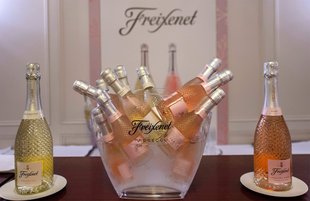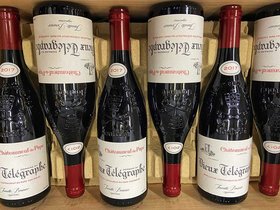Freixenet Prosecco: 3 Exciting Styles, Tasting Notes, Prices (2025)
Freixenet Prosecco is a dry Italian sparkling wine with a lovely floral aroma and refreshing citrus fruit flavors.
Produced with Glera grapes from the Veneto region of Italy, this high quality wine comes in a striking cut glass bottle.
The Freixenet wine company was founded by one of the oldest winemaking families in Spain and now owns wineries around the world. It is best known for its Cava wines, but also makes other sparklers like Prosecco and other wines.
In this article, we’ll explore the different Freixenet Prosecco styles, some delicious food pairings and useful serving tips, and a few other interesting facts about these wines.
Further reading
- Find out Why Prosecco Wines Have A Huge Following across the globe.
- Explore the Best Sparkling Wines you can add to your collection.
The 3 Styles of Freixenet Prosecco (Tasting Notes, Prices)
All three distinct Freixenet Prosecco styles have around 11% alcohol content. Here are their tasting notes and prices:
1. Freixenet Prosecco ($16)

Golden light in color, this extra dry Italian sparkler is made from 100% Glera grapes. The wine’s lively effervescence is accompanied by a delicious citrus fruit aroma, and ripe lemon and grapefruit tasting notes.
2. Freixenet Conegliano Valdobbiadene Prosecco Superiore DOCG ($17)
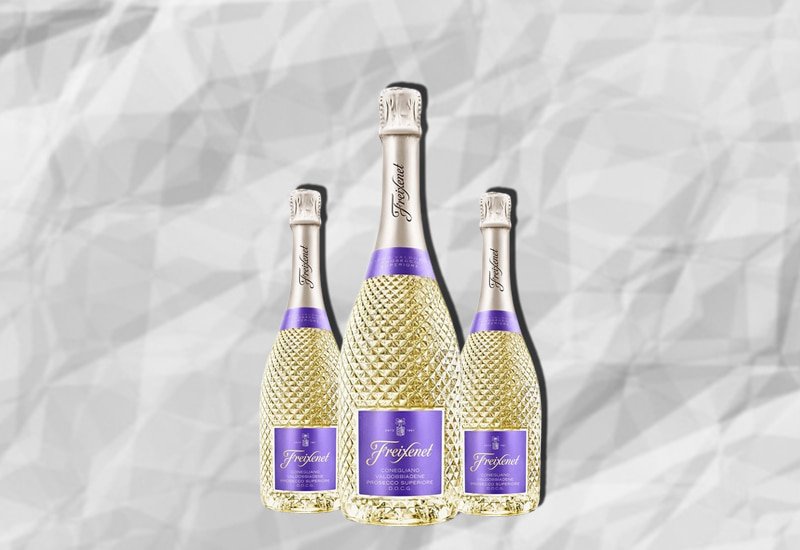
This golden straw Prosecco is made from the finest Glera grapes blended with some Chardonnay and Pinot Grigio for more complexity. This elegant wine offers grapefruit aromas and a refreshing palate filled with fruity, ripe lemon flavors and bitter tones.
3. Freixenet Italian Rose Sparkling ($16)
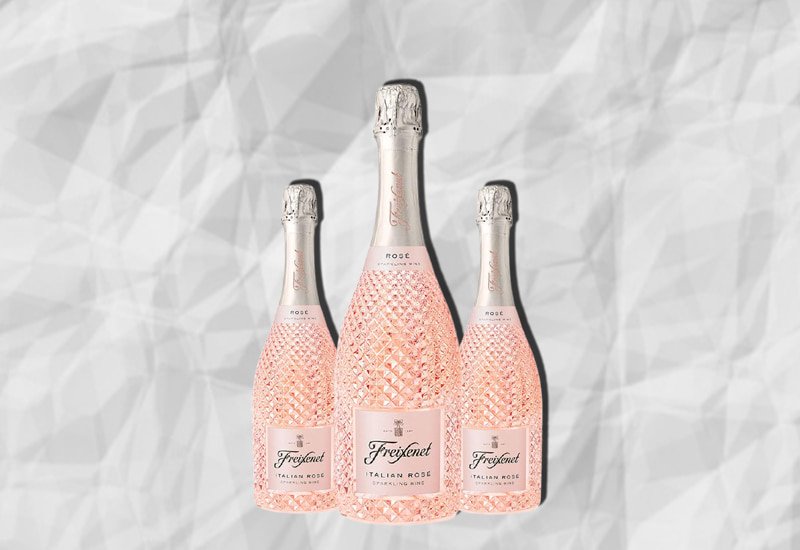
This sparkling Rose wine is a delicate blend of the Glera grape variety with a small amount of Pinot Noir.
You’ll notice an opulent aroma bouquet of fresh red berries intertwined with underlying tones of apples and some white flower notes on the palate. This delicate delight comes in a breathtakingly unique bottle, making it a stylish centerpiece for any occasion.
Freixenet Prosecco Food Pairing And Serving Suggestions

Here are some excellent food pairing recommendations for the different Freixenet Prosecco styles:
- Prosecco: Lobster, light salads, and desserts
- Prosecco Superiore: Oysters and roasted chicken
- Rose Prosecco: Grilled tuna, shellfish, light salads, and cakes
Serve Prosecco chilled at around 42–46°F (6–8°C). You can either place the bottle in a bucket filled with ice and water or place it in the refrigerator for a few hours.
Prosecco should be served in Champagne tulip glasses. Its wider rim helps release the wine’s fresh aromas and prevent the lively bubbles from escaping.
Other Interesting Facts About Freixenet Prosecco

Here are a few other fascinating facts about Freixenet Prosecco:
How is Freixenet Prosecco made?
Here are the steps in the Freixenet Prosecco winemaking process:
- Pressing: Once the finest grapes have been harvested, they are gently pressed in a pneumatic press.
- Primary fermentation: The must (stems, seeds, and skin) undergoes a cold fermentation process to preserve the grapes’ delicate aromas and fruity freshness.
- Second fermentation: After the primary fermentation, the wine (along with the lees) is put into temperature-controlled stainless steel tanks for about 10 days.
- Bottling: Once the second fermentation is complete, the dead lees are removed through filtration, and the sparkling wine is bottled in a pressurized environment.
The result is a fresh and seductive sparkling wine with residual sugar levels ranging from 0–12 g/l for the Brut, 12–17g/l for the Extra Dry, and 17–32g/l for the Dry Proseccos.
Who founded the Freixenet winery?
The Freixenet winery was founded in 1914 by Dolores Sala Vive and Pedro Ferrer-Bosch in northeastern Spain and initially focused on producing still wines.
Today, the fifth generation of the Ferrer family runs the Freixenet Group and owns wineries in Spain, Mexico, California, France, and Australia.
Why did the Freixenet winery start producing sparkling wines?
Due to the deadly phylloxera plague that affected grapevines in the 19th century, the couple decided to shift their focus from still wines to the production of Spanish sparkling wines.
They made the Spanish sparkling wines (called Cavas) through the traditional method (methode champenoise tradition), where the secondary fermentation takes place in the bottle.
By the early 20th century, Freixenets exquisite Cavas, especially the Cordon Negro, became a favorite amongst many Cava fans across Spain.
Even nowadays the winery’s Cavas are considered some of the worlds preferred sparkling wines.
What other wine styles does the Freixenet winery produce?
The family owned wine expertise extends far beyond Spanish sparkling wines and Proseccos.
They also produce other related products like:
- Red wine
- Rose wine
- White wine
- Ice wine
- Cuvee Champagne
- Brut Champagne
- Vintage wine
- Alcohol free sparkling wine
What’s the difference between Cava and Prosecco?
Although Cava and Prosecco are both sparkling wines, there is a significant distinction between the two.
Here are the main differences between Freixenets exquisite Cavas and delicious Proseccos:
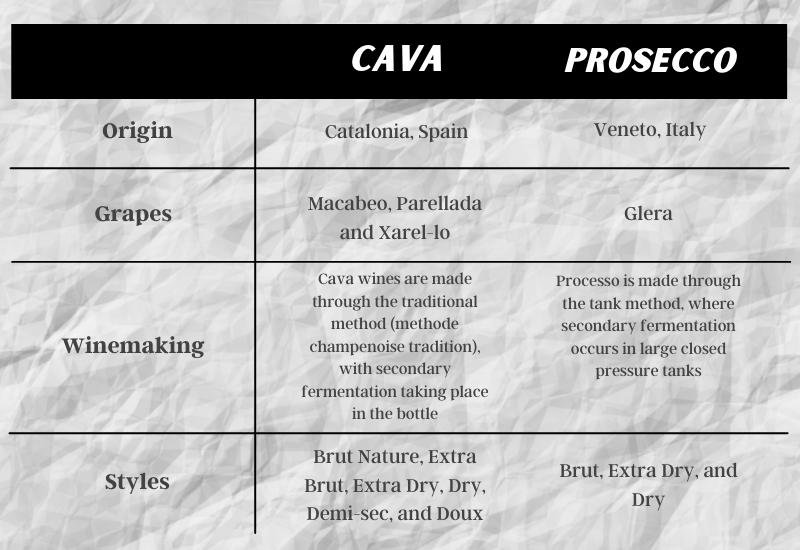
Freixenet Prosecco: A Delicate Delight for All Sparkling Wine Lovers!
There’s no doubt that the Ferrer family has managed to maintain consistent quality and stunning beauty in all their wine styles.
However, the Freixenet Prosecco is a particularly seductive sparkling wine with lively effervescence and fresh aromas.
So, If you’re searching for a superior quality sparkling wine made from the finest grapes, then Freixenet Prosecco is a great choice.
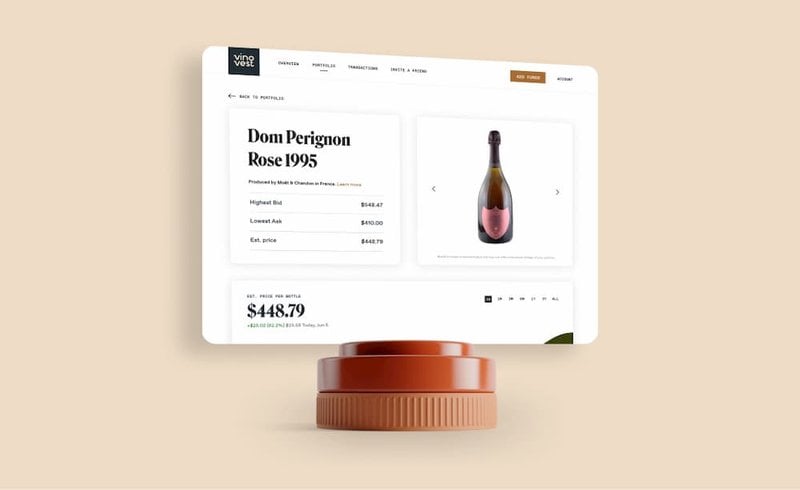
However, if you’re looking for a more investment-worthy wine, check out the Vinovest website.
With Vinovest’s help, you can buy, sell, and store any fine wine with ease.
